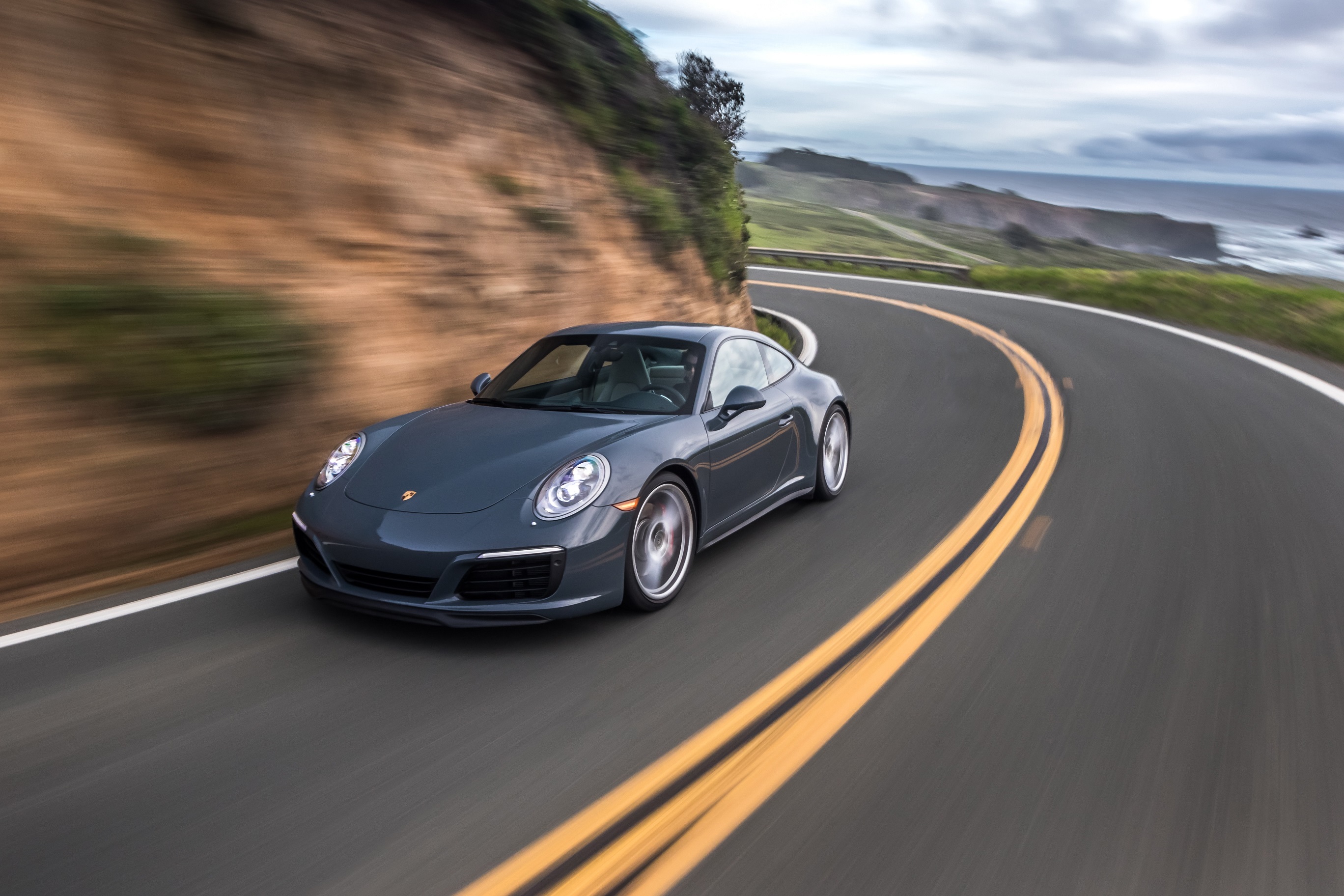911’s AWD System Celebrates 30 Years of Performance

Porsche exec August Achleitner talks to Rennlist about Porsche Traction Management and how the AWD system will continue to transform the sports car & brand.
Arguably, there has not been one feature on the Porsche 911 that has helped boost the sports car’s popularity over the years more than its all-wheel drive system. It’s something that really comes to life the more time you spend with pure, adrenaline-rushing performers like the Porsche 911 Carrera 4S.
The high-tech system, which is currently celebrating its 30th anniversary, first made its street debut in 1988 on a 1989 model-year Porsche 911 Carrera 4. So, what does the next 30 years hold for the 911’s all-wheel drive system, officially known as “Porsche Traction Management.” Well, August Achleitner, head of the 911 model series, talks to Rennlist and the weighs in on the future of the technology as well as how it has impacted the brand for the past three decades.

Rennlist: How important has AWD been to the evolution of the 911?
August Achleitner: In a word, transformative. In the early days of this technology, it opened the 911 to a wider audience of potential customers to whom a rear-wheel drive 911 simply wouldn’t have been an option, either because of climate or other factors. It also made the 911 more approachable.
In typical Porsche fashion, the all-wheel drive in the 911 had to prove its capability first in sport success with the fabulous victories in the Paris Dakar race, then in the famous 959. In the ’80s the main aspect had been more to improve driving dynamics. Later, with the start of the last air-cooled 993, it became more the optimization of traction.
What has been the biggest challenge in building on the AWD technology used in the 911, over the years?
Our biggest challenge is always striking a perfect balance between increasing overall capability and adding weight. For example, we could increase the maximum amount of torque that the front axle can accommodate, but doing that requires heavier parts, so we need to find the best middle ground. Especially in the beginning of this technology it was a difficult task to find an all-wheel drive system that fit perfectly in the small 911 with the least weight possible. All-wheel drive systems of other manufacturers had been much heavier.
What is the core element of Porsche’s AWD technology that distinguishes it from other all-wheel-drive systems in the sports car market?
At its core, the most distinguishing part is that this system still lets your Porsche drive like a rear-wheel drive Porsche, but enhanced. Our all-wheel drive system, which we call “Porsche Traction Management,” is built on a foundation of more than 30 years of development. In fact, it dates back farther if you consider where it began in Motorsport with the Type 953, which ran in the 1984 Paris-Dakar Rally.
The beauty of a true sports car has always been the thrill that comes with all that power coming from the rear wheels. When driving the 911 Carrera 4S you still get that sensation. What specifically has Porsche done to keep that intact?
I’m glad you asked. It feels that way because a 911 with Porsche Traction Management is designed to function as a rear wheel drive car until the very moment when you need power at the front wheels and it really improves traction and driving dynamics. A so called “hang-on” front axle. Usually the front axle is decoupled as long as there is no need to transfer power to the front axle.

